Exploring the Complex Factors in Autism Development
Autism Spectrum Disorder (ASD) is a complex neurodevelopmental condition influenced by a combination of genetic, environmental, and developmental factors. While current scientific research does not confirm definitive methods to prevent autism, understanding these contributing factors can help guide potential preventive measures and early intervention strategies. This article examines the known risk factors, explores ongoing research, and discusses practical health practices for expectant parents and caregivers aiming to reduce autism risk where possible.
Genetic Influences on Autism Risk
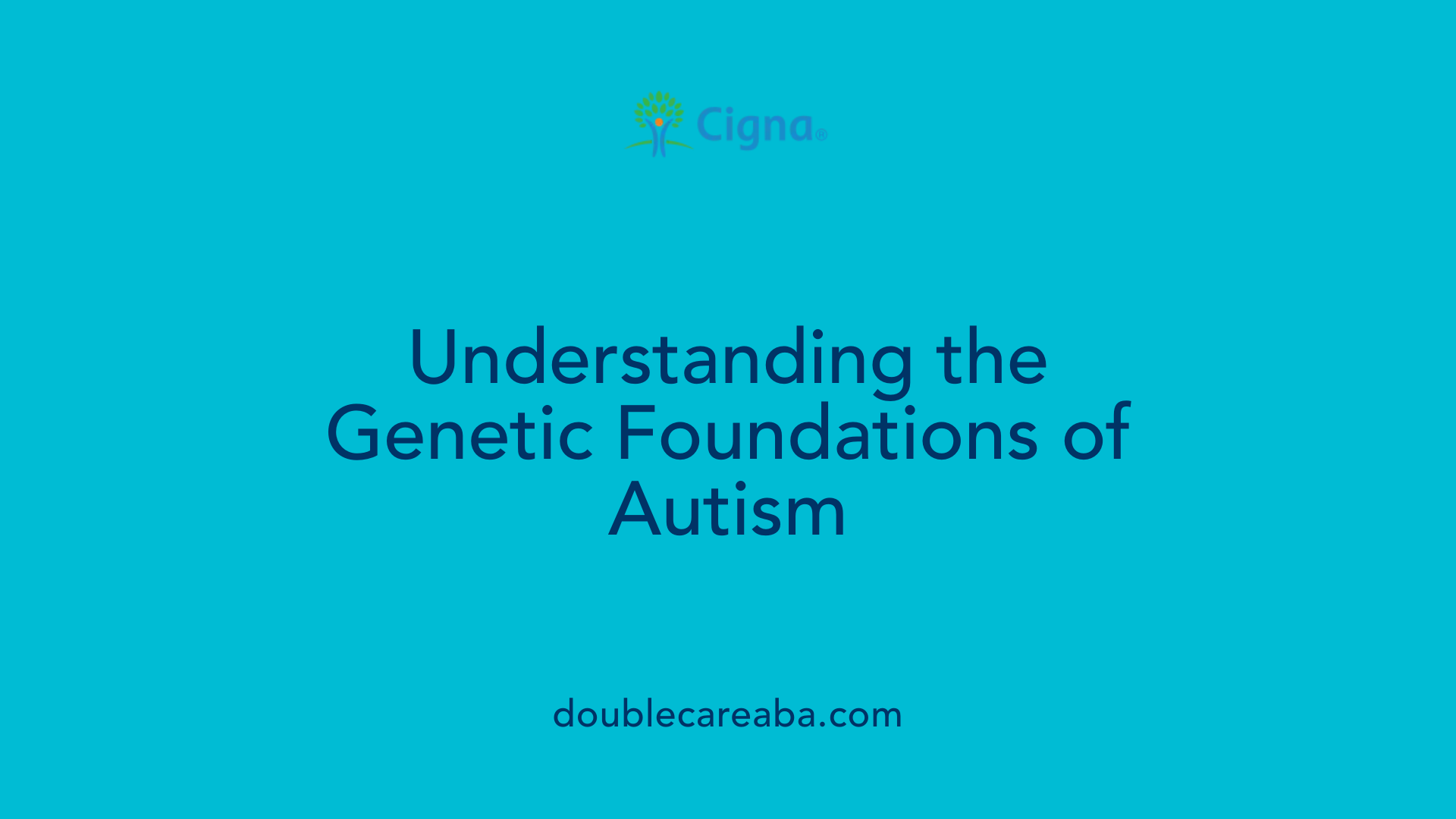
What genetic factors are associated with autism?
Autism spectrum disorder (ASD) has a strong genetic component. Research demonstrates that genetics play a significant role, with heritability estimates around 83%, based on large twin and sibling studies in Sweden. These findings suggest that most differences in autism risk among individuals are due to genetic factors, with the influence of shared environment being relatively small.
Several specific gene mutations have been identified that are linked to autism. Notable among these are mutations in genes such as CHD8, SCN2A, and SHANK3. These genes are involved in important brain functions including neuron development, synaptic signaling, and chromatin remodeling. Variations and mutations in these genes can disrupt normal brain development and are associated with increased autism risk.
Twin studies provide further insight into genetic influence. Monozygotic (identical) twins show high concordance rates for autism, between 70% and 90%, whereas dizygotic (fraternal) twins have much lower rates, ranging from 10% to 30%. This high concordance among identical twins emphasizes the genetic basis of ASD.
Genetic architecture in autism is complex, involving both common variants, which are widespread in the population, and rare mutations that have a stronger individual effect. The combination of these factors contributes to the overall risk of developing the disorder.
| Aspect | Details | Implications |
|---|---|---|
| Heritability | ~83% from twin studies | Strong genetic influence |
| Twin concordance | Monozygotic: 70-90%, Dizygotic: 10-30% | Highlights genetic component |
| Candidate genes | CHD8, SCN2A, SHANK3 | Affect brain development & synaptic function |
| Genetic architecture | Common variants and rare mutations | Indicates complex genetic basis |
Understanding the genetic factors involved in autism can help in early detection and targeted interventions, though the exact cause remains multifaceted and ongoing research continues to uncover additional genetic links.
Environmental and Prenatal Risk Factors
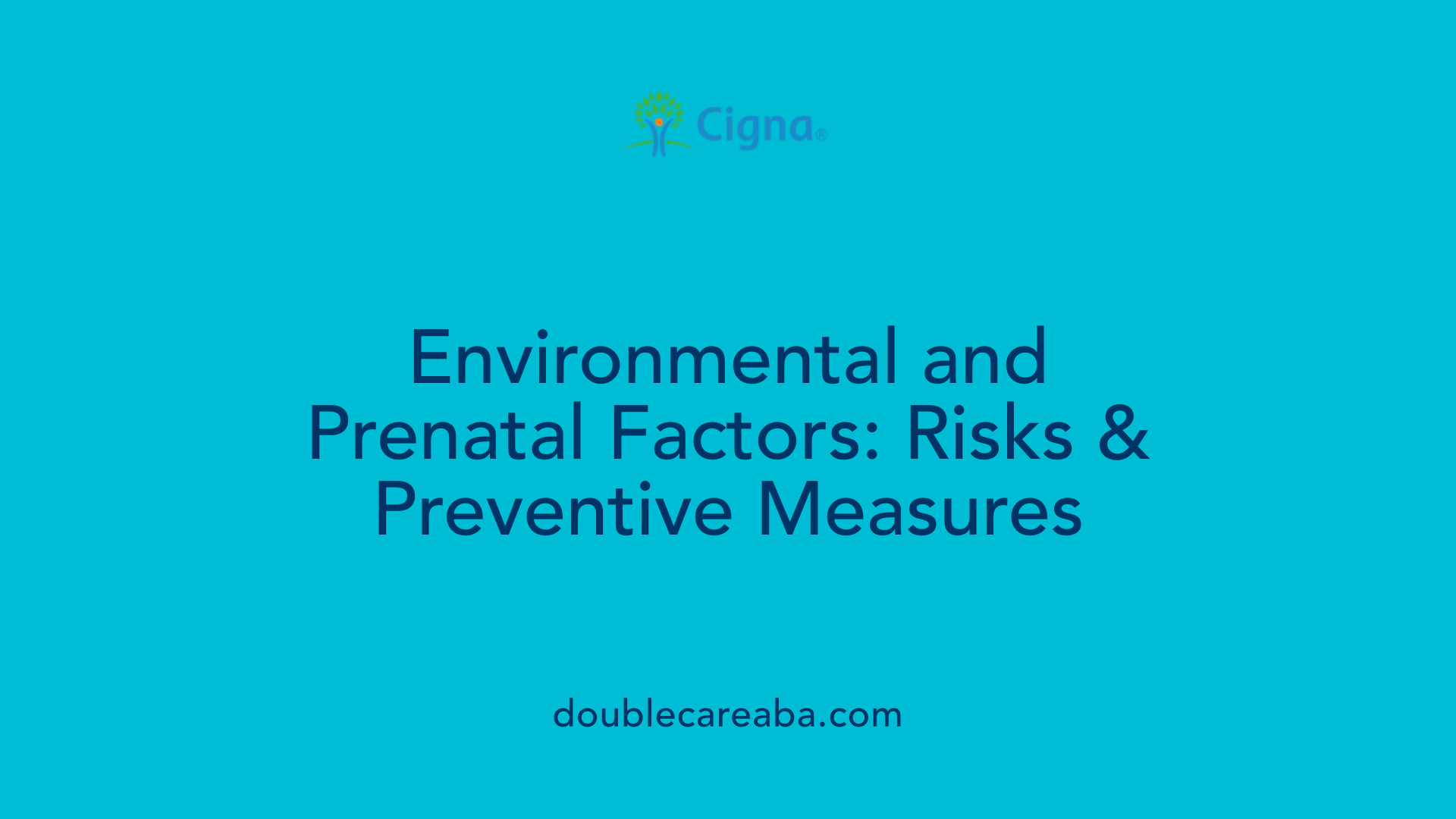
What are the known environmental and genetic risk factors associated with autism?
Autism spectrum disorder (ASD) results from a complex mix of genetic and environmental influences that affect early brain development. On the genetic side, certain inherited conditions such as fragile X syndrome, Rett syndrome, and tuberous sclerosis are linked to higher risks of ASD. Additionally, having a sibling with autism significantly increases the likelihood due to genetic heritability estimates ranging from 60 to 90%, highlighting the strong genetic component.
Environmental factors can also contribute to the risk of developing autism. Studies suggest that maternal health conditions like obesity, diabetes, or immune system disorders during pregnancy may elevate the risk. Exposure to environmental toxicants, such as pesticides and air pollution—especially during critical periods like the third trimester—has been associated with increased autism likelihood. Advanced parental age at conception is another factor linked to higher incidence, likely due to genetic mutations and decreased reproductive cell quality.
Birth complications, particularly those involving oxygen deprivation and prematurity, are also noted risk factors. These early health issues might interfere with typical brain development processes.
Overall, autism is caused by differences in how the brain develops, influenced both by inherited genetic factors and environmental exposures.
Impact of parental age and environmental toxins
Advanced parental age, often over 35, is associated with increased risk, possibly due to increased genetic mutations or epigenetic changes. Environmental toxins, including pesticides, air pollution, and certain chemicals, have been linked to neurodevelopmental changes. Prenatal exposure to high levels of air pollution is particularly concerning, as studies have connected this to a higher prevalence of ASD.
Birth complications and early health conditions
Problems like oxygen deprivation during birth, prematurity, and neonatal health issues may disrupt early brain maturation. Maternal health during pregnancy, including obesity and diabetes, has also been associated with greater risks.
Studies on prenatal air pollution and maternal health
Research indicates that exposure to air pollution during pregnancy can influence autism risk. Elevated levels of pollutants such as particulate matter (PM) and nitrogen dioxide (NO₂) in the maternal environment have been connected to developmental concerns. Ensuring good prenatal care, avoiding environmental toxicants, and maintaining overall health during pregnancy are recommended preventive approaches.
| Risk Factors | Details | Possible Impact on Autism Risk |
|---|---|---|
| Advanced parental age | Over 35 years old at conception | Increased genetic mutation risk affecting early brain development |
| Environmental toxins | Pesticides, air pollution, chemicals | Disruption of neural development pathways |
| Birth complications | Oxygen deprivation, prematurity | Interference with normal brain growth |
| Maternal health issues | Obesity, diabetes, immune disorders | Heightened susceptibility to developmental disruptions |
| Prenatal exposures | Air pollution, harmful chemicals | Increased likelihood of neurodevelopmental issues |
Understanding the interplay of these factors underlines the importance of early screening and risk reduction strategies. Screening for chemical intolerance using questionnaires, and ensuring healthy prenatal environments, can help mitigate some risks associated with ASD.
Preconception and Pregnancy-Related Measures
Are there any pregnancy-related factors that influence the risk of autism?
Research shows that several maternal health and environmental factors during pregnancy might influence the likelihood of autism spectrum disorder (ASD). These include maternal age, exposure to environmental toxins like air pollution, and health conditions such as obesity, diabetes, or immune system disorders. Birth complications, such as oxygen deprivation, and family history, especially genetic conditions like fragile X syndrome or Down syndrome, are also associated with increased ASD risk.
The Centers for Disease Control and Prevention (CDC) emphasizes early screening and diagnosis, which can lead to better outcomes through timely interventions. However, no specific pregnancy-related factor has been definitively proven to cause autism. Although ongoing studies explore the impacts of maternal health and environmental influences, current evidence does not support definitive measures to prevent ASD during pregnancy. Still, maintaining good prenatal health remains vital for overall fetal development.
How does folic acid influence ASD risk during pregnancy?
Folic acid intake around conception appears to play a protective role. Supplementation from about 4 weeks before conception to 8 weeks of pregnancy has been linked to a lower chance of autistic disorder in children. Higher maternal plasma folate levels, achieved through prenatal vitamins, are associated with positive neurodevelopmental outcomes, including reduced risk of autism.
Folic acid is crucial because it supports DNA replication, methylation, and overall brain development. This biological process makes its adequate intake during early pregnancy important. Current studies suggest that taking folic acid does not increase the risk of autism; rather, it may help diminish it. While these findings are promising, further research is needed to confirm the protective effect of folic acid across different populations.
| Factor | Impact on Autism Risk | Additional Details |
|---|---|---|
| Maternal age | Increased risk with advanced age | Higher risk linked to older parents |
| Environmental exposure | Potential increased risk from pollutants | Especially during the third trimester |
| Prenatal health conditions | Conditions like maternal obesity or diabetes | Both relate to higher autism likelihood |
| Birth complications | Oxygen deprivation at birth | Associated with higher ASD risk |
| Genetic factors | Strong genetic influence, heritability up to 90% | Involves gene network interactions |
| Recommended prenatal practices | Good prenatal health, vaccination, folic acid intake | Can support healthy fetal development |
Maintaining optimal prenatal health, avoiding harmful substances, and ensuring adequate nutrient intake are important strategies for promoting healthy neurodevelopment in children.
The Role of Early Detection and Intervention
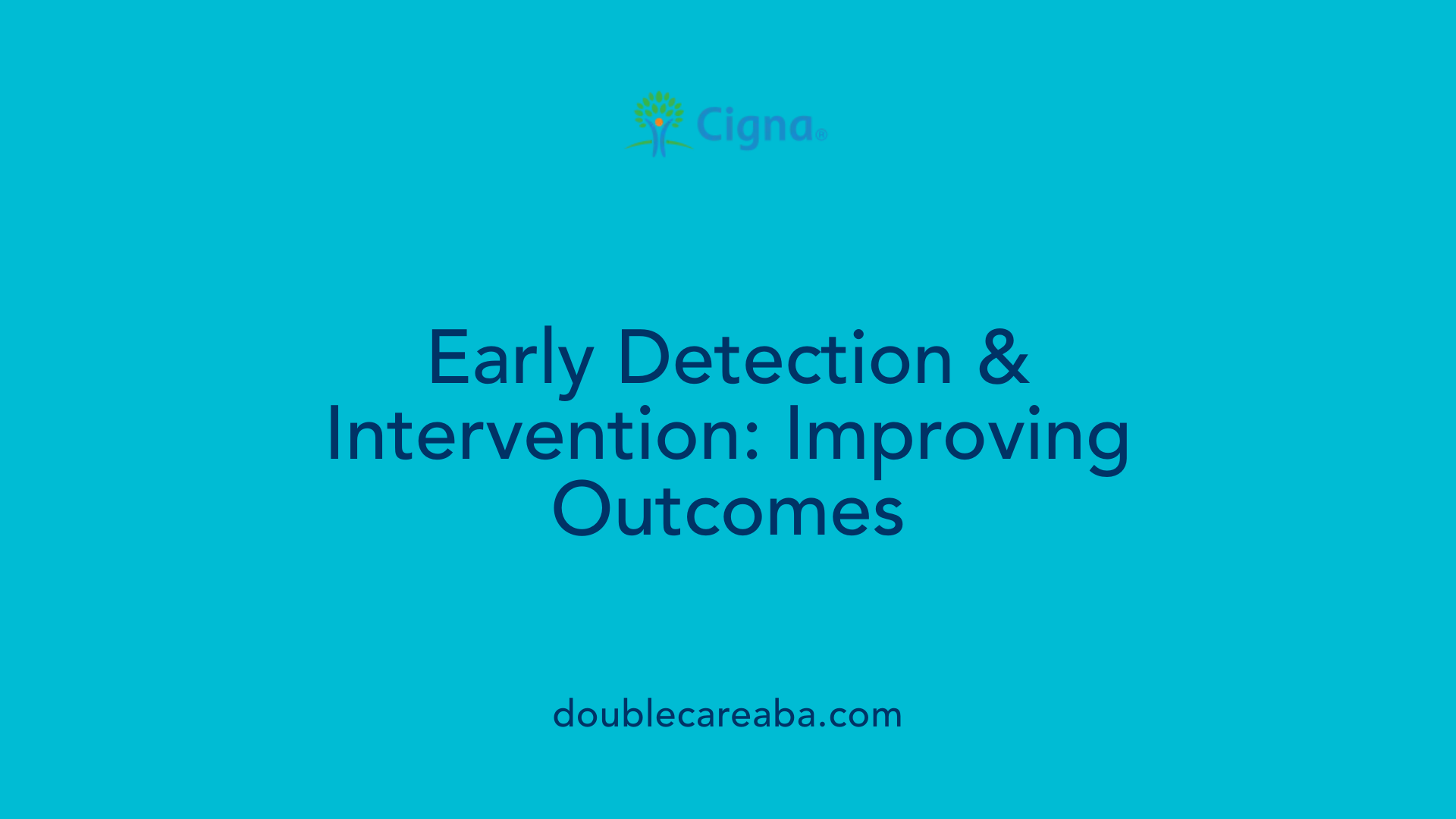
Can early development and health practices reduce the risk of autism?
While current research indicates that there is no guaranteed way to prevent autism due to its complex origins, early detection and intervention play a crucial role in improving children's developmental outcomes. Autism’s causes involve a mix of genetic and environmental factors, making prevention challenging. However, identifying signs of autism early enables interventions that can significantly enhance a child's communication, social skills, and behavior.
Screening tools like the SACS-R (Social Attention and Communication Surveillance-Revised) are used during routine check-ups at 18 and 24 months. These tools help in early identification of children at risk, even before symptoms become pronounced. Early diagnosis facilitates targeted therapies—such as speech, behavioral, and physical interventions—which are most effective when started as soon as possible.
Engaging infants in play-based activities, including imitation, singing, taking turns, and showing excitement, supports social and language development. These interactions can mitigate some autism-related challenges and strengthen emotional bonds.
Overall, although we cannot prevent autism through early health practices alone, actively screening for developmental concerns and providing early interventions can greatly improve a child’s ability to communicate and thrive. Routine check-ups, combined with community screening programs, are vital steps toward supporting children at risk.
Early behavioral therapies and parent-led activities form an essential part of this supportive approach, helping children reach their full potential despite the condition.
Recognizing Early Signs and Risk Indicators
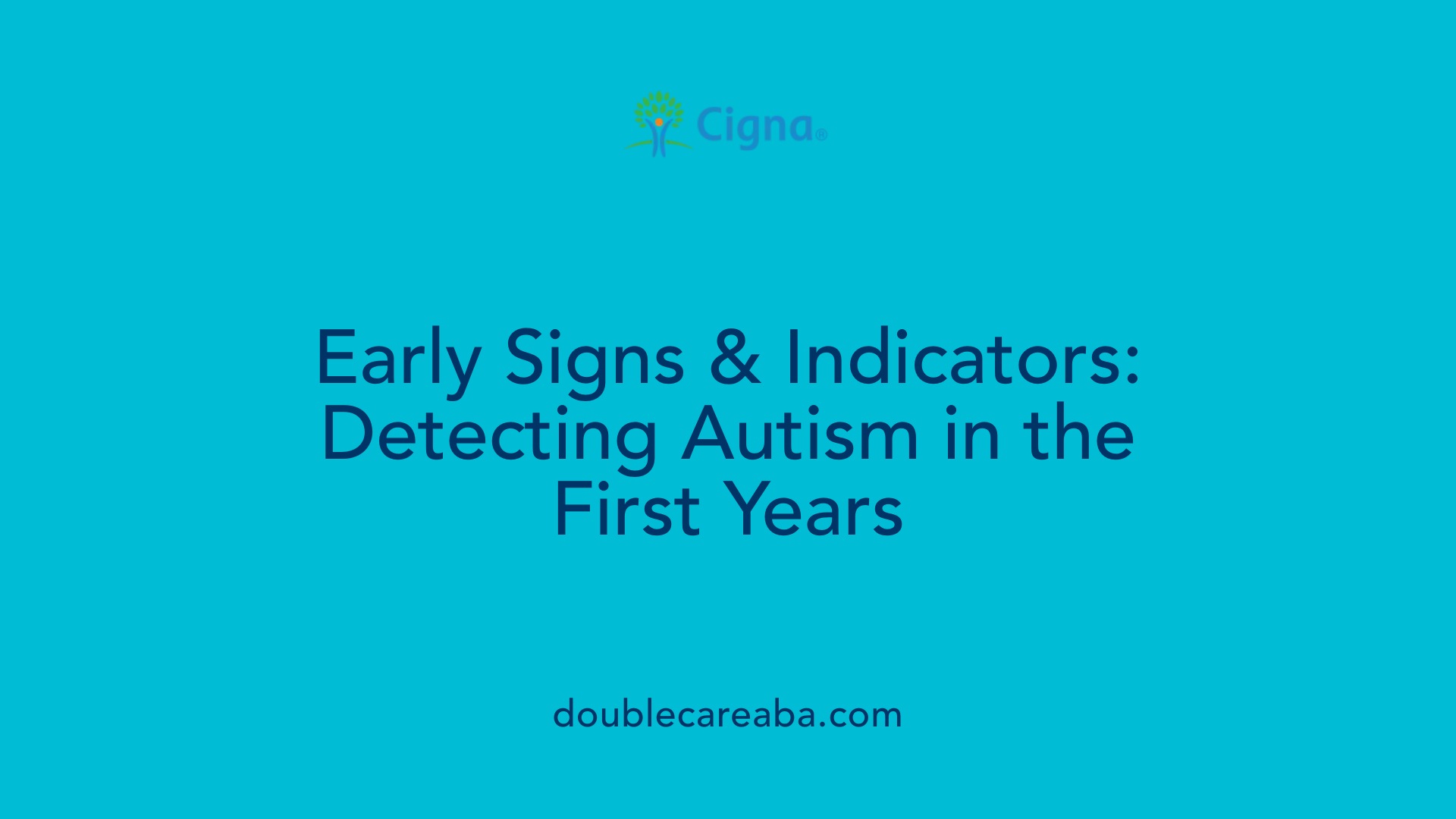
Is there any way to know if a child is at risk of autism before symptoms appear?
While there is no foolproof method to predict autism before symptoms are evident, parents and caregivers can look for early warning signs during a child's first two years. Common indicators include limited eye contact, not responding to their name, delays in babbling, and reduced social engagement.
Screening tools like the Modified Checklist for Autism in Toddlers-Revised (M-CHAT-R) and developmental milestone checklists are available to help identify children who might benefit from further evaluation. These tools assess behavioral and developmental patterns that could suggest a higher risk.
Early signs can also include unusual sensory responses, repetitive behaviors, and differences in how children communicate and relate socially. Recognizing these signs early allows for timely discussions with healthcare professionals.
Although biological markers are being researched, they are not yet definitive for early prediction. Many experts agree that screening at 18 and 24 months is vital, as early assessment and intervention can significantly support developmental outcomes.
In summary, while no early test guarantees an autism diagnosis, attentive observation and routine screening can help detect risk factors as early as six months of age. Prompt evaluation and intervention are essential to support children’s growth and development.
Impact of Environmental Toxins and Chemical Exposures

Chemical intolerance and screening tools
Many families may unknowingly be exposed to harmful chemicals in everyday environments, such as pesticides, paints, disinfectants, and fragrances. Screening for chemical intolerance using tools like the QEESI questionnaire can help identify individuals and families at higher risk of having children with autism or ADHD. Recognizing chemical sensitivities early allows for targeted interventions to minimize exposure.
House calls and home assessments
Environmental house calls are an emerging approach to assess and reduce chemical exposure risks at home. Professionals visit homes to identify sources of environmental toxicants and recommend modifications. Simple changes, like improving ventilation, choosing non-toxic cleaning products, or removing carpets and pesticides, can significantly decrease toxicant exposure during critical developmental periods.
Potential mechanisms involving mast cell activation
One plausible biological pathway linking environmental toxins to neurodevelopmental disorders involves mast cell activation. Mast cells, part of the immune system, can be triggered by chemical exposure, leading to inflammation and potential impacts on brain development. This activation may contribute to the development of autism and ADHD, emphasizing the importance of reducing environmental toxicants.
What does current scientific research say about preventing autism?
Currently, there is no definitive way to prevent autism spectrum disorder (ASD). Research indicates that autism results from a complex interplay of genetic and environmental factors, but no specific causes have been conclusively identified, and no proven preventive measures exist. Some studies have examined prenatal factors, such as the intake of vitamins like folic acid before and during pregnancy, which may be associated with a reduced risk, but the evidence remains inconclusive. Early diagnosis and intervention are essential for improving developmental outcomes and functioning for individuals with ASD. Overall, ongoing research continues to explore potential risk factors and prevention strategies, but effective prevention methods are not yet established.
Conclusion: Navigating Autism Prevention and Early Action
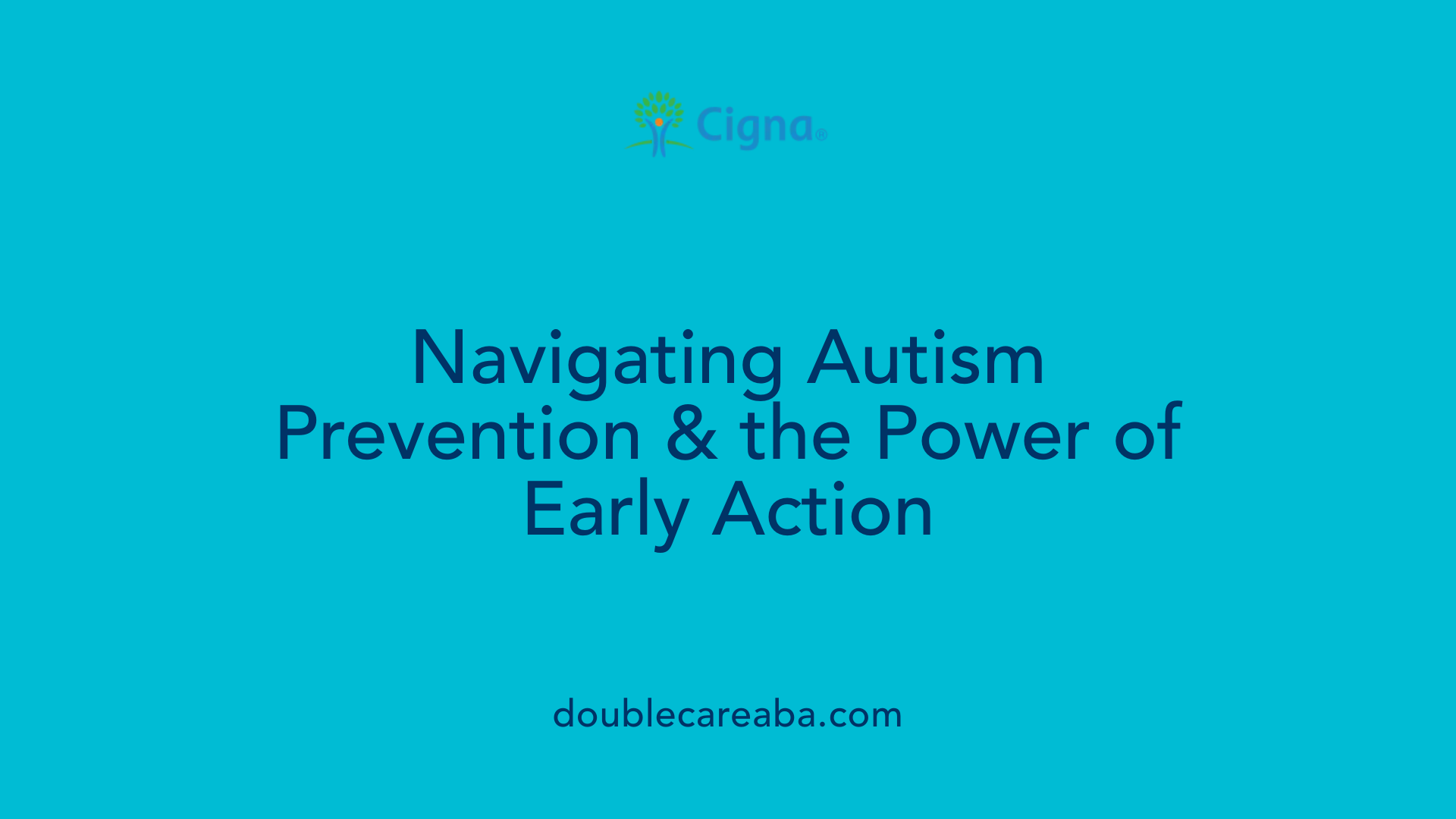
What is the current scientific stance on prevention?
Currently, there is no proven method to completely prevent autism spectrum disorder. Researchers suggest that both genetic and environmental factors influence its development, with genes accounting for a significant portion of the risk. Certain environmental exposures, such as prenatal air pollution, maternal obesity, diabetes, and advanced parental age, may increase the likelihood of autism. Additionally, avoiding toxic chemical exposures before and during pregnancy—like pesticides, paints, disinfectants, and fragrances—could potentially reduce risk.
Some promising protective strategies include periconceptional folic acid supplementation, which has been associated with a lower risk of autism. Studies indicate that maintaining adequate maternal folate levels during early pregnancy may support proper brain development and neurodevelopmental outcomes.
Why is early screening and diagnosis important?
Early screening for autism is recommended at 18 and 24 months, enabling timely identification and intervention. Using tools such as the QEESI questionnaire can help detect chemical intolerances in families, which might correlate with higher risks of autism or ADHD. Early diagnosis allows children to receive targeted interventions that can significantly improve social skills, language, and behavior.
Interventions, although not cures, can lead to better functional outcomes and, in many cases, reduce the severity of symptoms. Being vigilant about early signs and seeking prompt assessments are crucial for optimizing development.
How does focusing on improvement shape current understanding?
Though a definitive cure for autism remains elusive, early and ongoing support plays a vital role in helping individuals lead fulfilling lives. Interventions can assist children in developing essential skills, and lifelong support may be necessary for some adults.
Focusing on improvement rather than cure encourages a strengths-based approach, emphasizing how targeted therapies and environmental modifications can enhance quality of life. This perspective underscores the importance of early detection, tailored intervention plans, and community support systems.
| Aspect | Focus | Details |
|---|---|---|
| Preventive measures | Environmental and nutritional | Reduce toxin exposure, supplement with folic acid, prenatal care |
| Screening & diagnosis | Early detection | Use of questionnaires, routine screenings at 18–24 months |
| Treatment goals | Improve functioning | Language, social skills, behavior management |
| Long-term outlook | Continued support | Lifelong interventions, community and educational resources |
Supporting Development and Well-being
Although there is no proven way to prevent autism spectrum disorder, ongoing research emphasizes the significance of early detection, intervention, and minimizing environmental risks. For prospective parents, focusing on good prenatal care, avoiding known toxic exposures, and ensuring early developmental screening can help optimize outcomes. Advances in understanding genetics and environmental interactions continue to inform future prevention strategies, but currently, the best approach remains early identification and supportive interventions to enhance the quality of life for individuals with ASD.
References
- Parental avoidance of toxic exposures could help prevent autism ...
- Autism spectrum disorder - Symptoms and causes - Mayo Clinic
- Can Autism Be Prevented? - WebMD
- What causes autism? | Autism Speaks
- Can we change the risk of autism? - PMC
- Could earlier treatment have prevented my child's autism?
- Autism | National Institute of Environmental Health Sciences
- 6 Early Autism Intervention Activities for Babies - Parents














